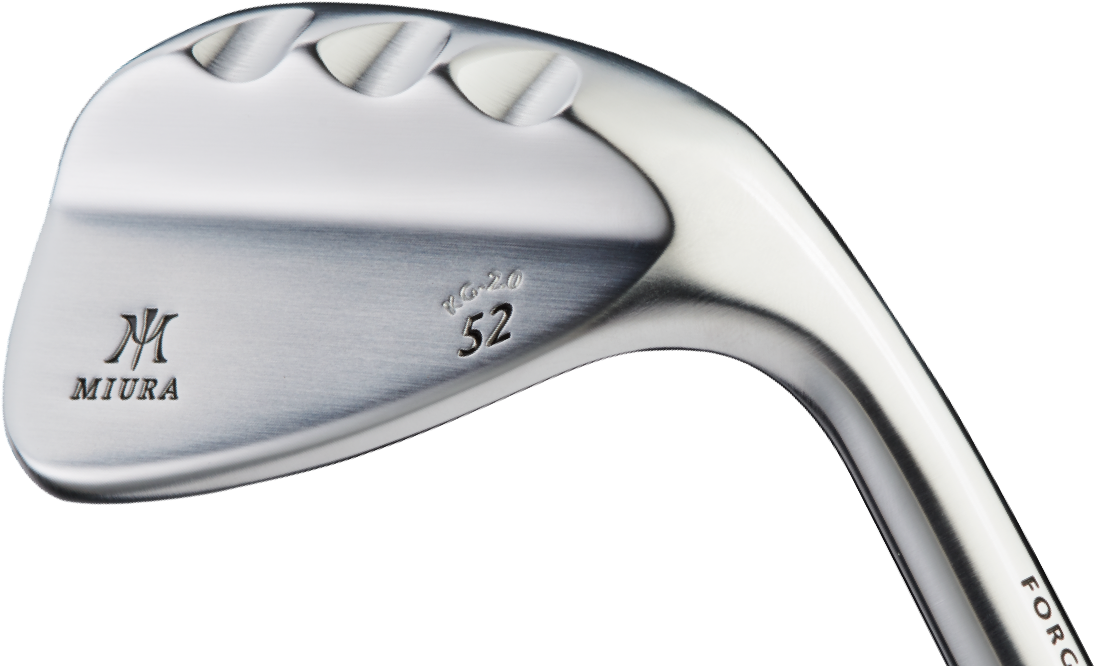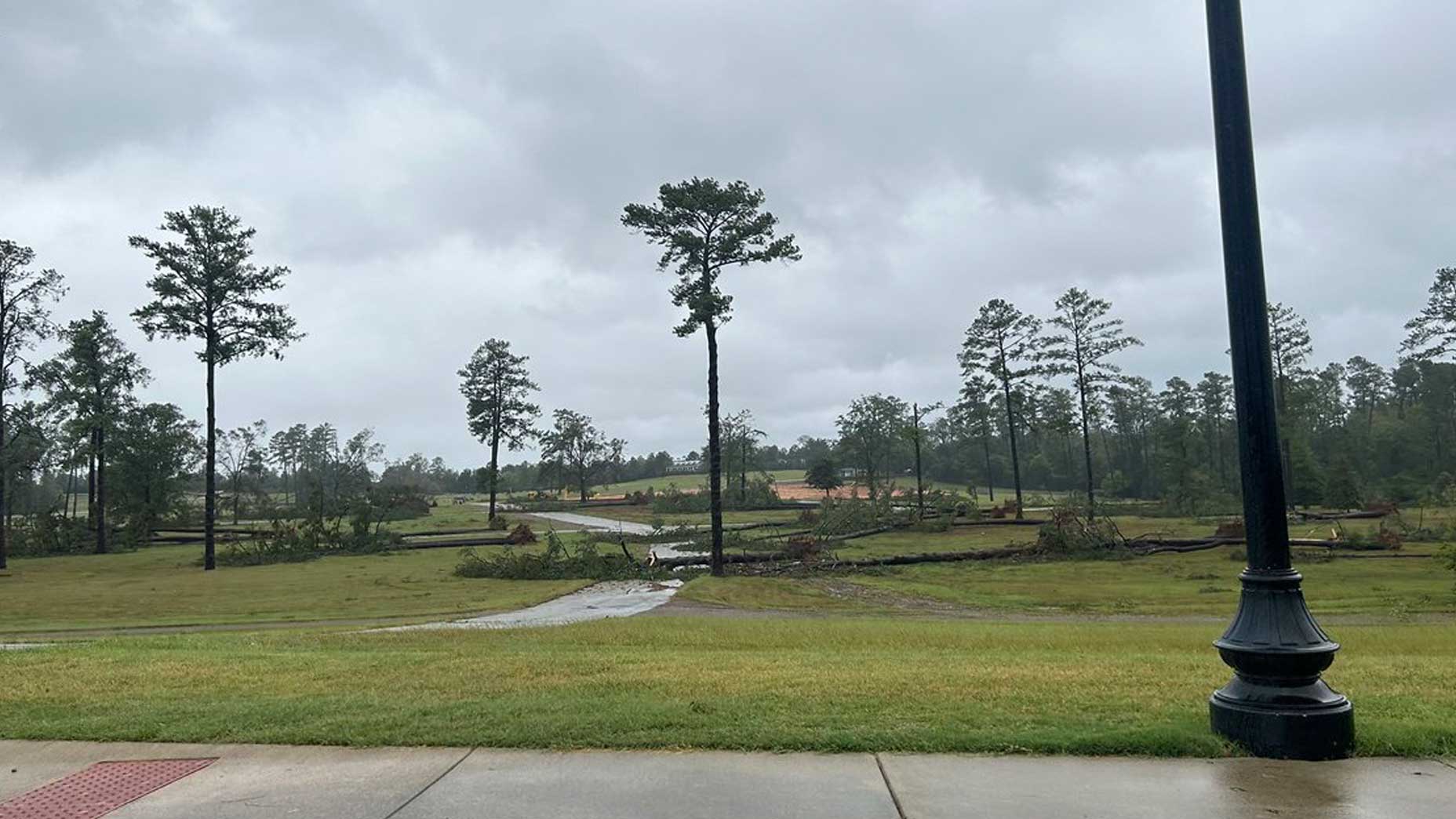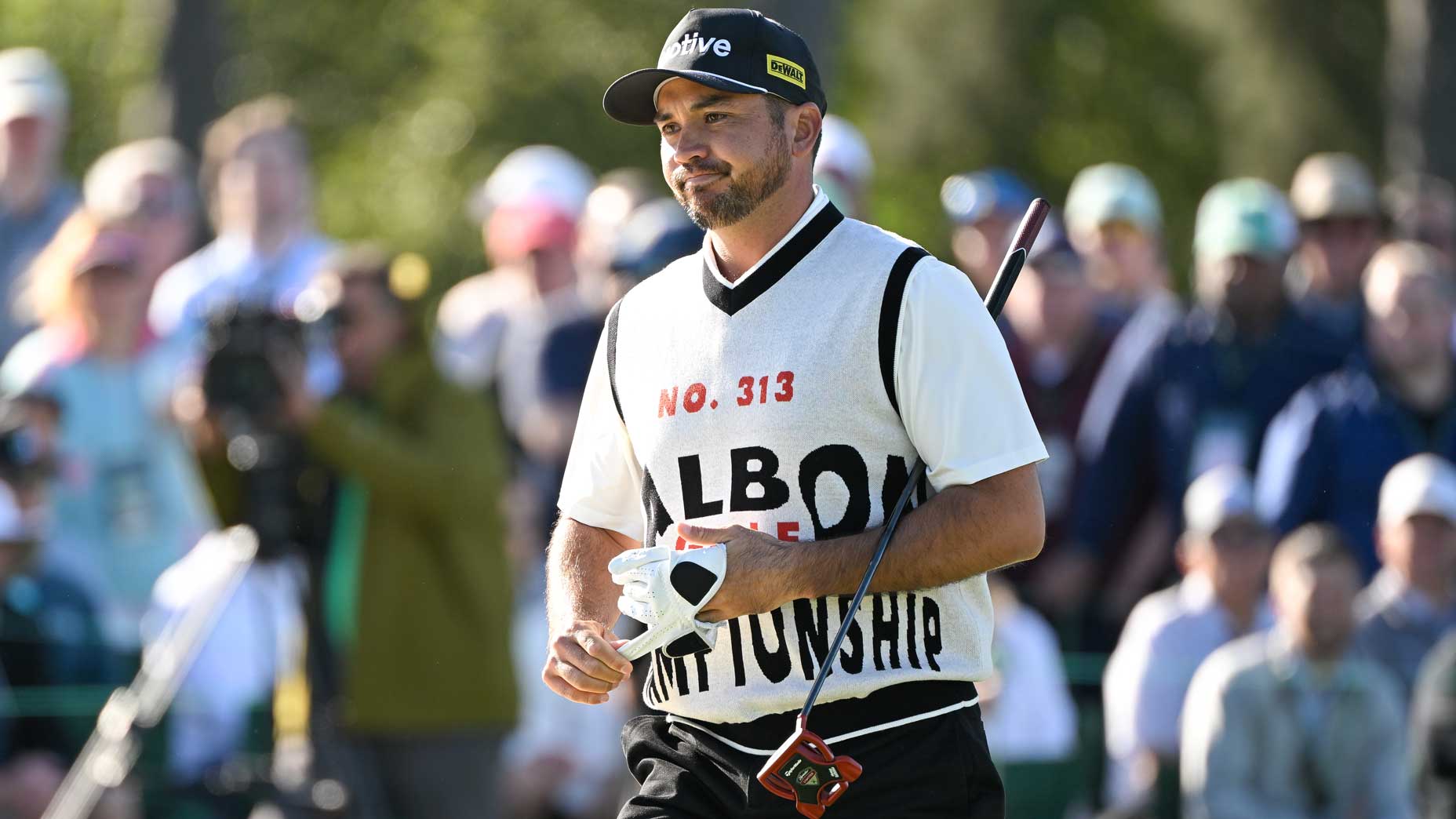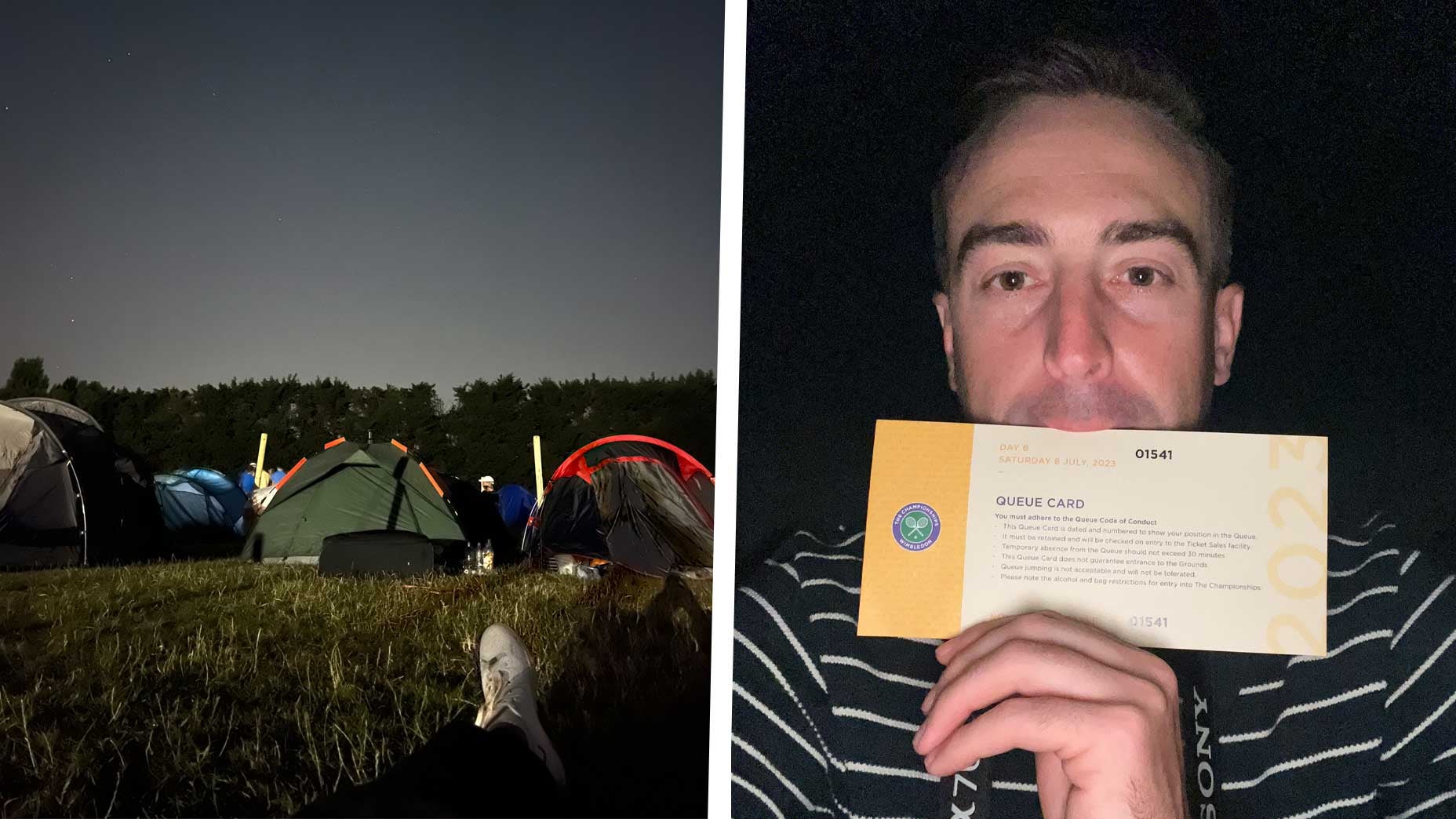Course Rater Confidential: Predicting Augusta National’s official course slope and course rating
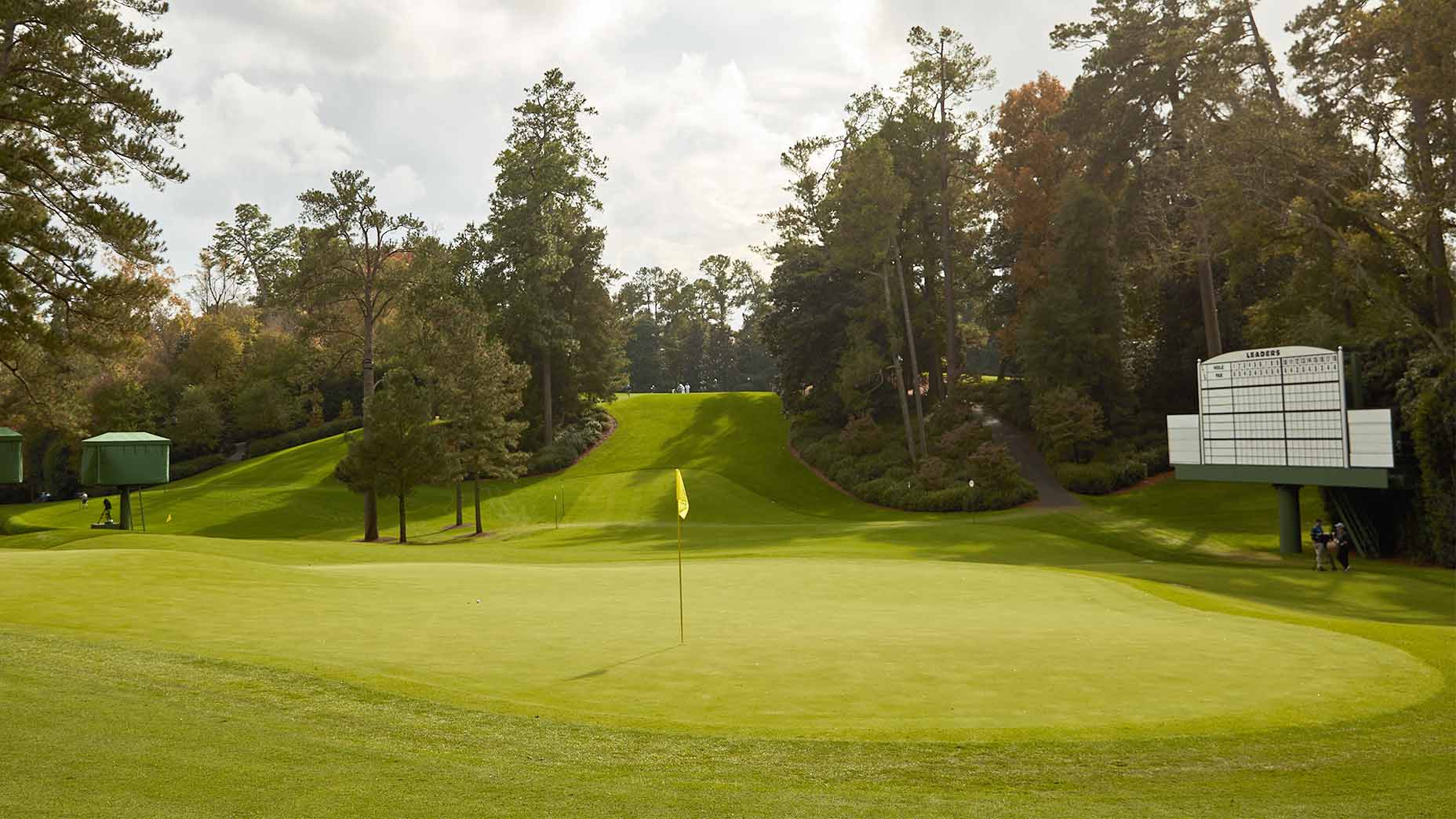
The par-3 6th hole at Augusta National.
Stephen Denton
GOLF’s Top 100 course panelists are among the most respected and well-traveled course evaluators in the game. They’re also keen to share their opinions. In this GOLF.com series, we’ll unlock their unvarnished views on all questions course-related. The goal is not only to entertain you but also to give you a better understanding of how to understand and appreciate golf course architecture. To get their unvarnished takes, we offered them anonymity. You can see GOLF’s latest Top 100 Courses in the U.S. ranking here, and meet all of our Top 100 panelists here.
Augusta National does not have an official course slope or course rating, but if it did, what do you think those numbers would be, and why? (For those keeping score at home, course rating is a measure of the difficulty of a course for a scratch golfer, while course slope reflects the difficulty of a course for a bogey golfer. For context, the last major venue, the U.S. Open at Winged Foot, has a rating of 76.4 and slope of 140 from the back tees.)
Top 100 Course Panelist: Member tees: 72.1/129 / Masters tees: 74.8/141. Green complexes are no doubt the toughest aspect of the golf course. You are not going to lose a lot of golf balls off the tee as the driving areas are very liberal. Placement off the tee does matter. You really want to be coming into the greens from the proper side of the fairway.
Staff picks: For golfers on the go
Shop NowTop 100 Course Panelist: Member tees: 71.0/130 / Masters tees: 74.5/135. The USGA slope rating is unique in that it’s the relative difficulty of the course for the bogey golfer versus the scratch player. Augusta National does not have scrubby wastelands of Pine Valley, the bunkers of Oakmont (and to a lesser extent, Winged Foot) or the ocean winds and fierce rough of Shinnecock Hills. It’s pretty open and chances to run up a big score for the bogey player are less at Augusta. This is despite the difficulty in the greens and the depth of many of the bunkers. This is as Bob Jones and Alister MacKenzie intended, so in some ways I think they would be happy to see the relatively low slope.
Top 100 Course Panelist: Member tees: 71/130 / Masters tees: 75.5/140. Augusta is a challenging golf course, but not in the usual eye-watering tight, tree-lined fairways, greens surrounded by water and vegetation sort of way. Its difficulty is mostly due to gravity. You can find your ball throughout the course but the genius and challenge are how to score when everything is in front of you, and your ability to control your golf ball is your principal defense.
Top 100 Course Panelist: Member tees: 72.4/128 / Masters tees: 77.3/144. The USGA has a system for calculating course slope and rating, so this pretty much comes down to math. For course rating, 90 percent of the number is determined by distance. You take the length of the course (in the case of Augusta, that’s 7,445 yards from the tournament tees), and divide it by how far players hit their drives (the USGA system assumes 250-yard tee shots for the scratch player; the governing body arrived at that number in the 1970s, and I’ll yet you be the judge of how up-to-date that seems). The other 10 percent of the course rating is determined by the obstacles, such as trees, bunkers, creeks, ponds, difficulty of greens, psychological torment, and such. All told, those factors only account for somewhere between three to five shots. Crunching all those numbers for Augusta, I came up with 77.3 for the course rating. That’s about what you could expect a scratch player to shoot. Slope is another story. Slope assumes a bogey golfer hitting 150-yard tee shots and shooting near 90 in better than half their rounds. Obstacles at Augusta are relatively minimal. There’s little trouble left or right off the tee, and only a few creeks and ponds to carry. Surely breaking 90 is within reach, even for me, right?
